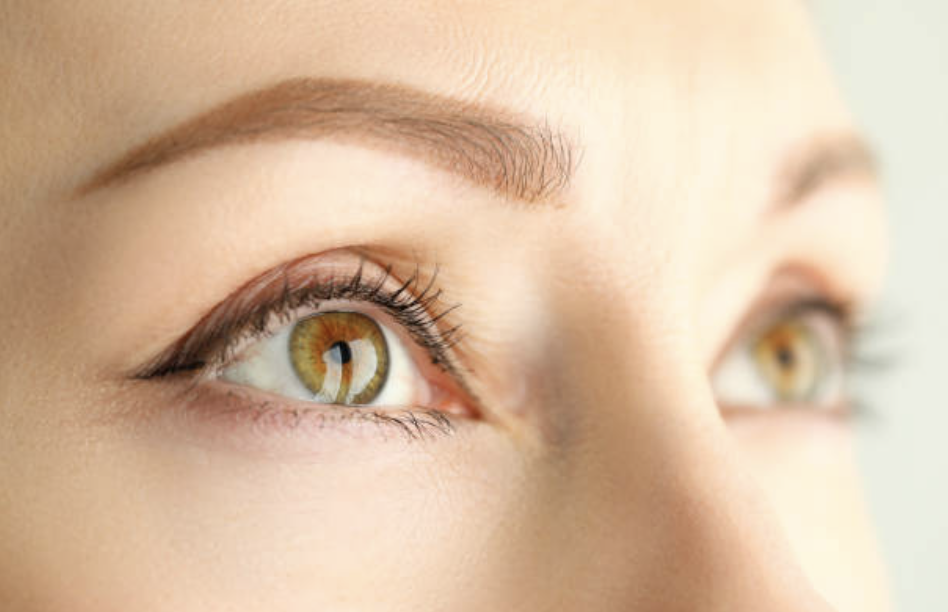In this week’s episode of Thyroid Thursday, Dr. Raymond Douglas discusses Customized Orbital Decompression.
What Is Thyroid Eye Disease (TED)?
Thyroid Eye Disease (TED), also known as Graves’ orbitopathy or thyroid-associated orbitopathy, is an autoimmune condition where inflammation and swelling occur in the eye muscles and tissues behind the eyes. This can lead to a number of uncomfortable and often distressing symptoms, including:
- Bulging or protruding eyes (proptosis)
- Eye pressure or a feeling of fullness behind the eyes
- Vision changes, such as double vision or blurriness
- Pain with eye movement or constant eye discomfort
- Eyelid retraction and swelling
Orbital decompression surgery is one of the most effective treatments for moderate to severe TED, especially when symptoms are impacting vision or quality of life.
Why Is Orbital Decompression Performed?
Orbital decompression is performed to relieve the effects of pressure inside the eye socket by removing bone or fat behind the eyes. This allows the eyes to move back to a more natural position, reducing the bulging appearance, alleviating discomfort, and improving vision in many cases. In addition to functional improvements, decompression also helps restore confidence by addressing the aesthetic changes TED can cause.
What Will a Decompression Accomplish?
Dr. Douglas likes to think of customized orbital decompression as building a house. The decompression starts with a foundation of improvement, it puts the eyes back into a near normal position. However, that doesn’t mean you would stop building a house once its framed. For example, you would go on and build the rest of the house, paint the shutters and do things that are nicer for appearance and function.
That’s the way he looks at orbital decompression and the rejuvenation associated with thyroid eye disease. Everything is customized because you don’t want to do the same surgery for everyone, just whatever is needed is required.
How Does Dr. Douglas Customize Your Treatment Plan?
Customization is everything when it comes to treating thyroid eye disease, and it all starts with truly understanding your unique anatomy. During your evaluation, Dr. Douglas uses advanced CT imaging, takes a close look at facial balance and symmetry, and carefully assesses how far the eyes are bulging or how the soft tissues are affected. This helps him design a surgical plan that is made specifically for you, not a one-size-fits-all approach.
For some people, the main concern is how far the eyes are protruding. For others, it might be uneven eyelids or cheeks that have lost volume. Whatever the case may be, Dr. Douglas considers all of these details and puts together a thoughtful, step-by-step plan. Often, this includes combining different procedures to help you look and feel more like yourself again, with natural and lasting results.
Will I Need Anything More than a Decompression?
For most patients, Dr. Douglas will move the eyes back in a decompression. This may also include doing other procedures at the same time, such as dealing with lower eyelids and improving lower eyelid retraction or lowering the upper eyelids and doing an upper eyelid blepharoplasty to remove some of the bulkiness. This is really problematic for some patients more than others.
Occasionally, Dr. Douglas can move the eyes back adequately but they still require a mid-facelift, where the cheeks have descended down and they may require an implant to give more prominence to the cheeks. This is an improvement that a decompression just cannot give.
Lastly, in some patients, the lower face becomes bulky in the cheek area and patients do not realize it is due to thyroid eye disease. Due to it being in the lower face, we can remove much of this fat with a buccal fat removal procedure from the inside of the mouth in a scarless way. These procedures combined with decompression really enhance the results. It is not all about decompression, it is about how to put these things together to achieve optimal results in a customized fashion. He discusses this with patients during a consultation (in-person or video).
Contact Dr. Douglas Today!
If you or someone you know is suffering from thyroid eye disease, contact our office today to schedule an appointment with Dr. Douglas – (310) 657-4302. If you do not live in Los Angeles, ask us about our Out-of-Town Patient programs.




